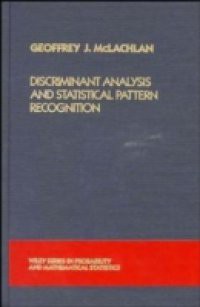Satyric Play is the first book to offer an integrated analysis of Greek comedy and satyr drama. Using a literary-historical approach, Carl A. Shaw argues that comedy and satyr plays influenced each other in nearly all stages of their development. Although satyr drama was written by tragedians and employed a number of formal tragic elements, the humorous chorus of half-man, half-horse satyrs encouraged sustained interaction between poets of comedy and satyr play. From sixth-century proto-drama, through classical productions staged at the Athenian City Dionysia, to bookish Alexandrian plays of the third-century, the remains of comic and satyric performances reveal a range of literary, aesthetic, historical, religious, and geographical connections. Shaw analyzes the details of this interplay diachronically, looking at a wide range of literary and material evidence. He shows that ancient critics and poets allude to comic-satyric associations in surprising ways, vases depict fascinating performative connections, and the plays themselves share titles, plots, modes of humor, and occasionally even a chorus of satyrs. Satyric Play uncovers and examines the complex, shifting relationship between comedy and satyr drama, offering insight into the development of these genres and the Greek theatrical experience as a whole.






 10 (1)
10 (1) 











